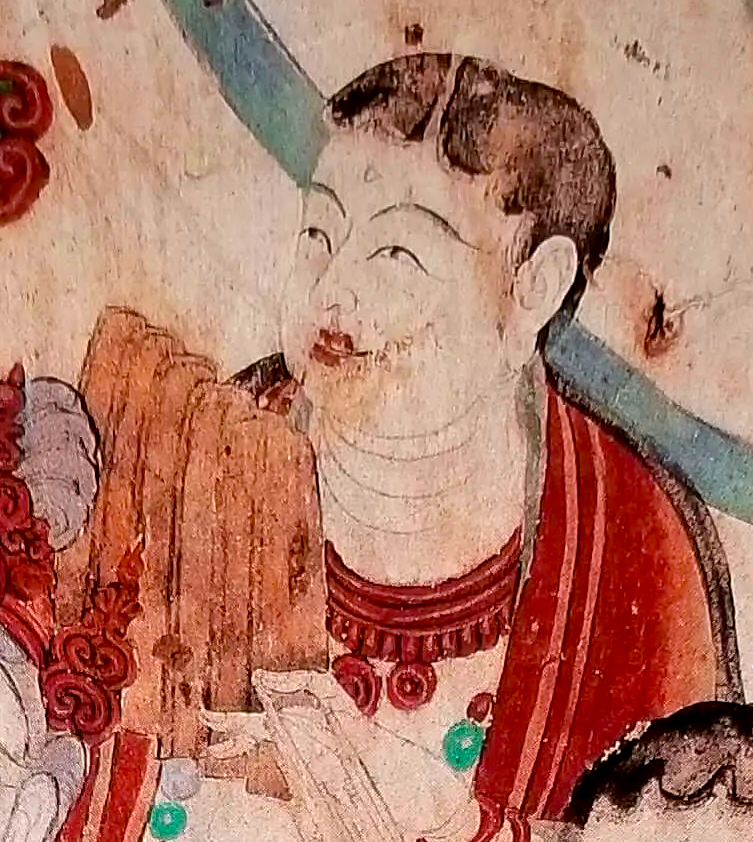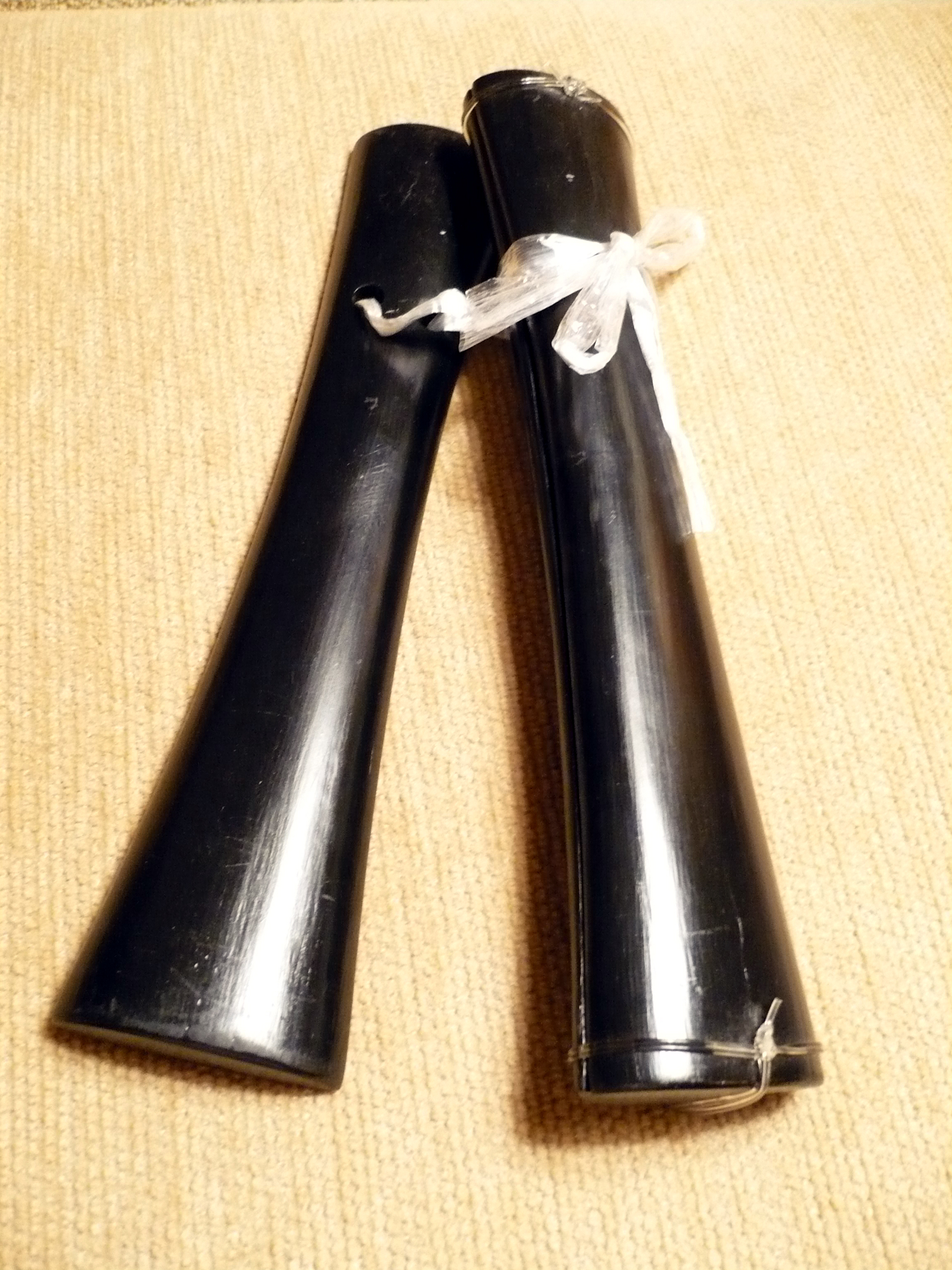Paiban on:
[Wikipedia]
[Google]
[Amazon]

 The ''paiban'' () is a
The ''paiban'' () is a
A photo of ''paiban'' made from three different types of wood
Plaque concussion idiophones Chinese musical instruments Hand percussion {{Idiophone-instrument-stub

 The ''paiban'' () is a
The ''paiban'' () is a clapper
Clapper or Clappers may refer to:
Miscellaneous
*Clapper, part of a bell
*Clapper (musical instrument), consisting of two pieces of wood struck together
*Clapper bridge, an ancient form of bridge
* Clapper Post, urban postal service of Vienna (XV ...
made from several flat pieces of hardwood
Hardwood is wood from dicot trees. These are usually found in broad-leaved temperate and tropical forests. In temperate and boreal latitudes they are mostly deciduous, but in tropics and subtropics mostly evergreen. Hardwood (which comes from ...
or bamboo
Bamboos are a diverse group of evergreen perennial flowering plants making up the subfamily Bambusoideae of the grass family Poaceae. Giant bamboos are the largest members of the grass family. The origin of the word "bamboo" is uncertain, ...
(or, formerly, sometimes also ivory
Ivory is a hard, white material from the tusks (traditionally from elephants) and teeth of animals, that consists mainly of dentine, one of the physical structures of teeth and tusks. The chemical structure of the teeth and tusks of mammals i ...
or metal
A metal (from ancient Greek, Greek μέταλλον ''métallon'', "mine, quarry, metal") is a material that, when freshly prepared, polished, or fractured, shows a lustrous appearance, and conducts electrical resistivity and conductivity, e ...
), which is used in many different forms of Chinese music
Music of China refers to the music of the Chinese people, which may be the music of the Han Chinese in the course of Chinese history as well as ethnic minorities in today's China. It also includes music produced by people of Chinese origin in ...
. There are many different types of ''paiban'', and the instrument is also referred to as ''bǎn'' (板), ''tánbǎn'' (檀板, literally "sandalwood clapper"), ''mùbǎn'' (木板, literally "wooden clapper"), or ''shūbǎn'' (书板). Typical materials used for the ''paiban'' include ''zitan'' ( 紫檀, rosewood
Rosewood refers to any of a number of richly hued timbers, often brownish with darker veining, but found in many different hues.
True rosewoods
All genuine rosewoods belong to the genus ''Dalbergia''. The pre-eminent rosewood appreciated ...
or red sandalwood
Sandalwood is a class of woods from trees in the genus '' Santalum''. The woods are heavy, yellow, and fine-grained, and, unlike many other aromatic woods, they retain their fragrance for decades. Sandalwood oil is extracted from the woods for ...
), ''hongmu'' ( 红木), or ''hualimu'' ( 花梨木, rosewood
Rosewood refers to any of a number of richly hued timbers, often brownish with darker veining, but found in many different hues.
True rosewoods
All genuine rosewoods belong to the genus ''Dalbergia''. The pre-eminent rosewood appreciated ...
), or bamboo, with the slats tied together loosely on one end with cord. It is held vertically by one hand and clapped together, producing a sharp clacking sound.
When used together with a small drum (both played together by a single player, the ''paiban'' held in one hand and the drum played with a stick held in the other) the two instruments are referred to collectively as ''guban
The Guban ( so, Guban, 'burnt' or 'burned') is the indigenous name for northwestern Somaliland
Somaliland,; ar, صوماليلاند ', ' officially the Republic of Somaliland,, ar, جمهورية صوماليلاند, link=no ''Jumhū ...
'' ( 鼓板). Somewhat confusingly, the clapper is sometimes also referred to, without the drum, as ''guban''.
When used as part of a ''guban'', the ''paiban'' is used in several genres of ''shuochang
''Quyi'' ("melodious art") and ''shuochang yishu'' ("speaking and singing art") are umbrella terms for over 300 regional genres of traditional Chinese oral performing arts. ''Quyi'' is distinguished from ''xiqu'' (Chinese opera) by its emphasis o ...
'' (Chinese story-singing), as well as in Beijing opera
Peking opera, or Beijing opera (), is the most dominant form of Chinese opera, which combines music, vocal performance, mime, dance and acrobatics. It arose in Beijing in the mid-Qing dynasty (1644–1912) and became fully developed and recognize ...
, ''kunqu
Kunqu (), also known as Kunju (), K'un-ch'ü, Kun opera or Kunqu Opera, is one of the oldest extant forms of Chinese opera. Kunqu is one of the oldest traditional operas of the Han nationality, and is also a treasure of Chinese traditional cult ...
'', and Yue opera
Yue opera, also known as Shaoxing opera, is the Chinese opera genre. Only Peking opera is more popular nationwide.
Originating in Shengzhou, Shaoxing, Zhejiang Province in 1906, Yue opera features actresses in male roles as well as femininity ...
. It is also used in instrumental music, such as '' Jiangnan sizhu'' ''Chaozhou xianshi
Teochew string music or Chaozhou xianshi ( also called "string-poem music") is classed as a type of music (chamber music for strings and woodwind, literally 'silk/bamboo') although it typically uses stringed instruments only. It is found in northe ...
'', ''Sunan chuida'' (苏南吹打), '' nanguan'', ''shifan luogu'' (十番锣鼓), and ''Shanxi batao'' (山西八套).
References
External links
A photo of ''paiban'' made from three different types of wood
Plaque concussion idiophones Chinese musical instruments Hand percussion {{Idiophone-instrument-stub